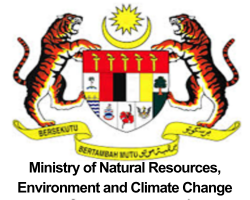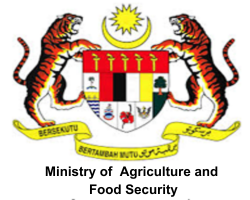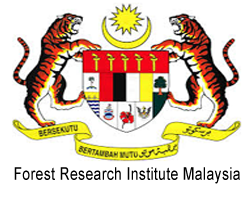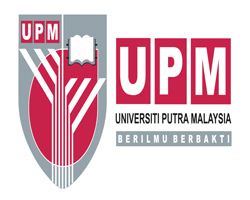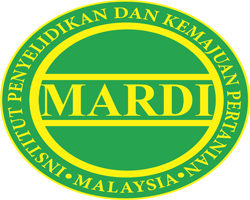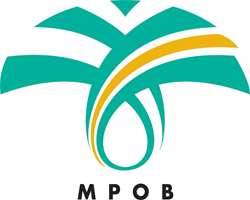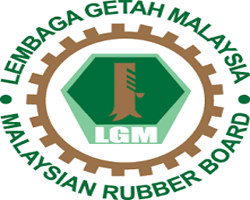Ekanayake, Sarath and Angammana, Dithya and Fernando, Suranjan and Samarawickrama, Pradeep and Perera, Naalin and Perera, Sadun (2005) Sustainable of extraction of non-timber forest products (NTFP) in Dipterocarp-dominant lowland rain forests – a case study in southwestern lowland rain forest in Sri Lanka. [Conference or Proceeding]
|
Text
S3_Sarath.pdf Restricted to Repository staff only Download (435kB) |
Abstract
A study was carried out in Sri Lankan southwestern lowland tropical rain forests to obtain background information to support decision-making in sustainable extraction of NTFP. The research sites were located in the Dipterocarp-dominant forests within Kanneliya and Sinharaja protected areas, where 36 plots of 10mx10m were surveyed with the objectives of documenting NTFP site data, high-priority species, abundance, pattern of distribution, seasonality, available harvestable quantities, manpower requirements for harvesting, activity timing, cost associated with operations and cash incomes. Field data were gathered in collaboration with the local communities and hence, the results are heavily based on community perception, observation and inference. The results showed that the most important NTFP species (19) are Enicosanthus accuminata, Ochlandra stridula, Garcinia quaesita, Dipterocarpus glandulosus, Doona venulosa, Hopea discolor, Hopea jucunda, Shorea congestiflora , Shorea sp., Cinnamomum multiflora, Cinnamomum verum , Coscinium feneatratum, Calamus digitatus, Calamus ovoides, Calamus pseudotenuis , Calamus radiatus, Calamus thwaitesii, Caryota urens and Pandanus ceylanicus. Density of priority NTFP species, which are harvestable individuals, ranged from 11 per ha to 242 per ha. On average cash income from NTFP, harvested in conservative manner, was Rs.7132 (USD 72) per ha per year with an input of manpower worth Rs.2000.00 (USD 21) per ha per year in 2004. January and December were identified as the peak NTFP harvesting months. For ecological and economic sustainability of the NTFP extractions in those forests, more action oriented research are required to shed light on the biological safe limits of NTFP extraction, low impact harvesting techniques, best harvesting time for different species, domestication of NTFP species and marketing of NTFP.
| Item Type: | Conference or Proceeding |
|---|---|
| Creators: | Ekanayake, Sarath and Angammana, Dithya and Fernando, Suranjan and Samarawickrama, Pradeep and Perera, Naalin and Perera, Sadun |
| Title: | Sustainable of extraction of non-timber forest products (NTFP) in Dipterocarp-dominant lowland rain forests – a case study in southwestern lowland rain forest in Sri Lanka |
| Date: | November 2005 |
| Location: | Bahagian Media dan Arkib, Perpustakaan Sultan Abdul Samad |
| Call Number: | QK495 D564R859 2005 |
| Publication: | Institut Penyelidikan Perhutanan Malaysia |
| Physical Description: | 16p. |
| Additional Information: | Dalam bentuk CD Sahaja No. Aksesen (095003273) |
| Keywords: | Sri Lanka, NTFP, dipterocarps. |
| Agency Name: | Universiti Putra Malaysia (UPM) |
| Date Deposited: | 09 Dec 2020 05:07 |
| Last Modified: | 09 Dec 2020 05:07 |
| URI: | http://myagric.upm.edu.my/id/eprint/16397 |
Actions (login required)
 |
View Item |

